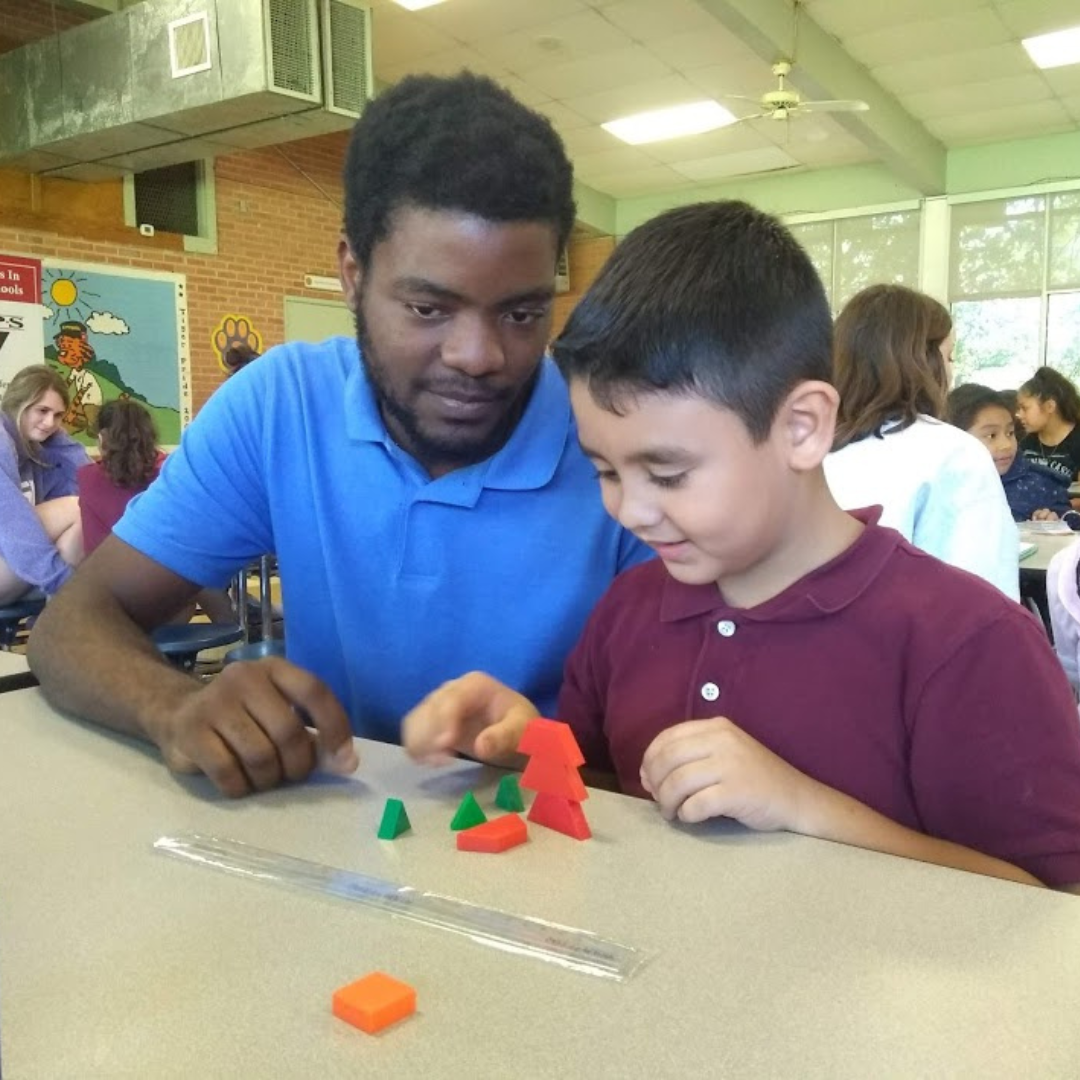
Volunteers In Public Schools: A Community-Minded Approach to Education
Volunteers In Public Schools (VIPS) serves a student population with an overwhelming poverty rate. That means fewer resources are available for education. The aim of VIPS is to step in with trained volunteers to work with kids on their reading and math.
The community-minded approach of this small grant recipient in addressing critical deficiencies in the education of local youth was what spoke to us most. That and the fact that they are getting results. We wanted to know about the work and methods of VIPS, so we put some questions to Executive Director Judy K. Bethly to learn more:
Kars4Kids: Tell us something about your demographics. What is your community like? Who are the children that you serve?
Judy Bethly: The state of Louisiana is divided into 64 parishes. Volunteers In Public Schools (VIPS) serves students enrolled in public schools located in East Baton Rouge Parish. Baton Rouge is named the state’s capital city with a population of 450,500 citizens. It accommodates the second largest school district in the state consisting of 40,000 students. Our city is recognized for its unique cuisine such as hot, boiled, and spicy crawfish. We also love our football; being the home of Louisiana State University and one of the country’s largest HBCU’s, Southern University, and of course The New Orleans Saints. The school district student population is composed of 70% African Americans, 11.8% Hispanic/Latino, 11.4 White. The poverty rate of the student body is listed as 75%. Although improving, the students’ reading proficiency is recorded at 34% and math proficiency at 22% along with a graduation rate of 74%.
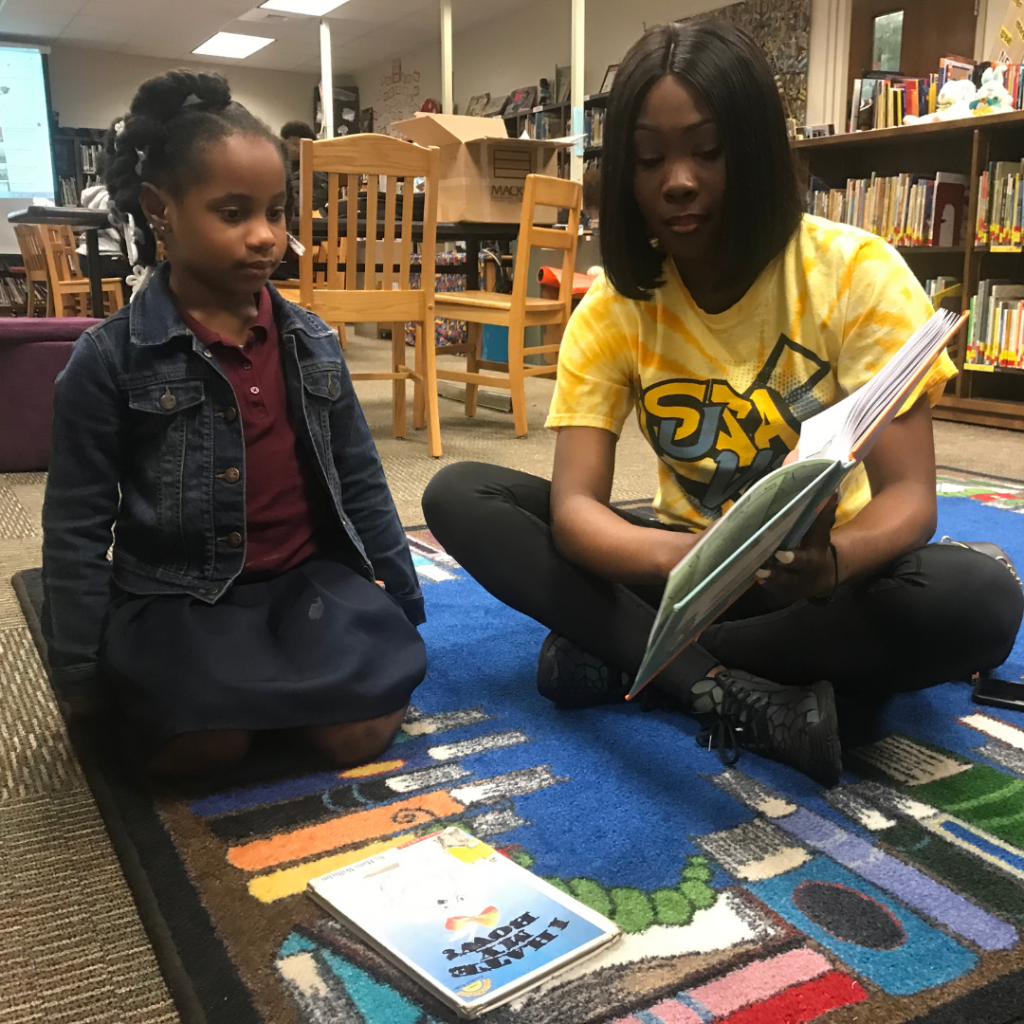
Kars4Kids: When and why was Volunteers In Public Schools founded? How many children do you serve each year?
Judy Bethly: VIPS was established as an independent nonprofit in 1981 following court-ordered busing, a mandate and plan handed down from the federal courts to desegregate the school district. Many white families opted out of the busing plan and chose other options for their children. This left the school district with a decreased student population, declining public support, and deplete of resources. VIPS believes the entire community is responsible for the educational development of every child. Our mission is to foster student success and build support for public education. We facilitate and encourage community involvement in public schools by recruiting, screening, and training school volunteers, and enlisting the involvement of community partners. Each school year, VIPS serves approximately 800 students through our EveryBody Reads, EveryOne Counts, and Partners In Education programs.
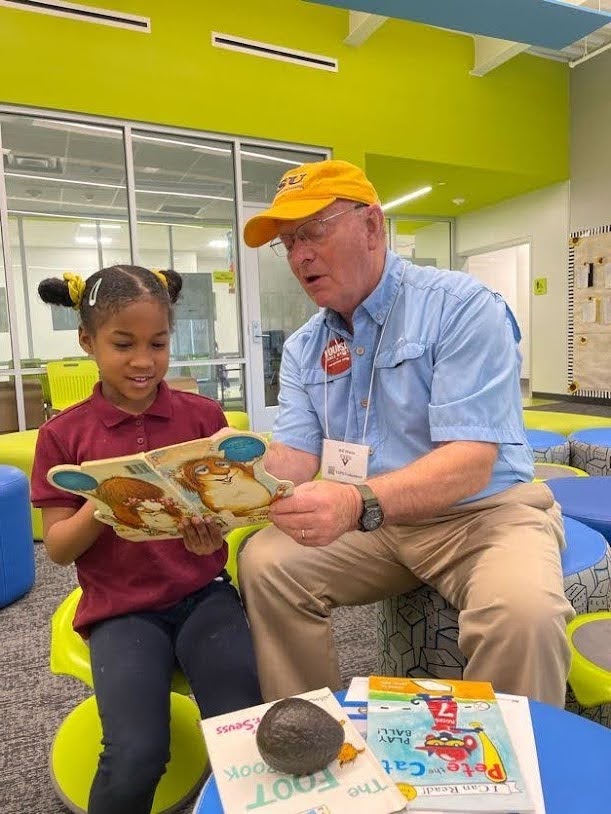
Kars4Kids: How many volunteers do you have on staff? What kind of commitment do they make? How are they matched with students?
Judy Bethly: VIPS employs four staff members; Executive Director, Volunteer and Community Partners Director, Program Manager, and Operations Manager. Our board involves 24 unpaid directors from diverse professional backgrounds who commit to serve one three-year term.
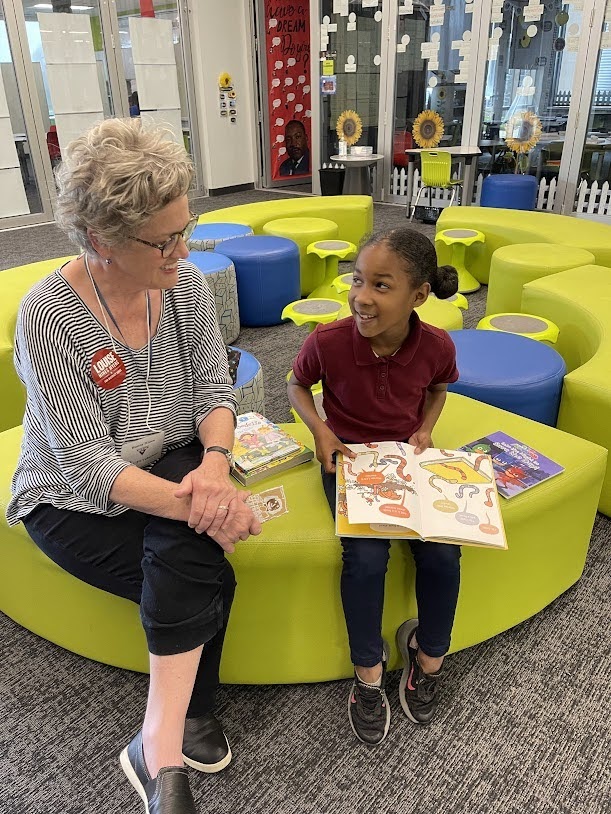
Kars4Kids: Volunteers In Public Schools appears to offer two main programs. Can you give us an overview of your reading program?
Judy Bethly: EveryBody Reads pairs recommended pre-k through second-grade students with volunteer tutors called Reading Friends. Reading Friends commit to one year of service and are required to meet with their student each week for 30-45 minutes. Prior to the start of their service, Reading Friends attend a mandatory training and must pass a background check. During the tutoring sessions, Reading Friends engage students through shared reading and cover the fundamentals of reading; fluency, sight words, phonics, and comprehension. Volunteers have access to our Reading Bins housed at the schools that facilitate the program. The Bins contain books on various reading levels that feature diverse characters to allow students to see themselves in the books that they read as well as flash cards, white boards, activity sheets, crayons, and textile manipulatives such as playdoh and foam letters. Each week, our Reading Friends are emailed reading guides with helpful reading strategies and book recommendations. Reading Friends are also encouraged to attend our follow-up trainings called Connect meetings. At the Connect meetings, which are often led by directors from the school district’s literacy department, volunteers learn new approaches to help their students that align with classroom instruction.
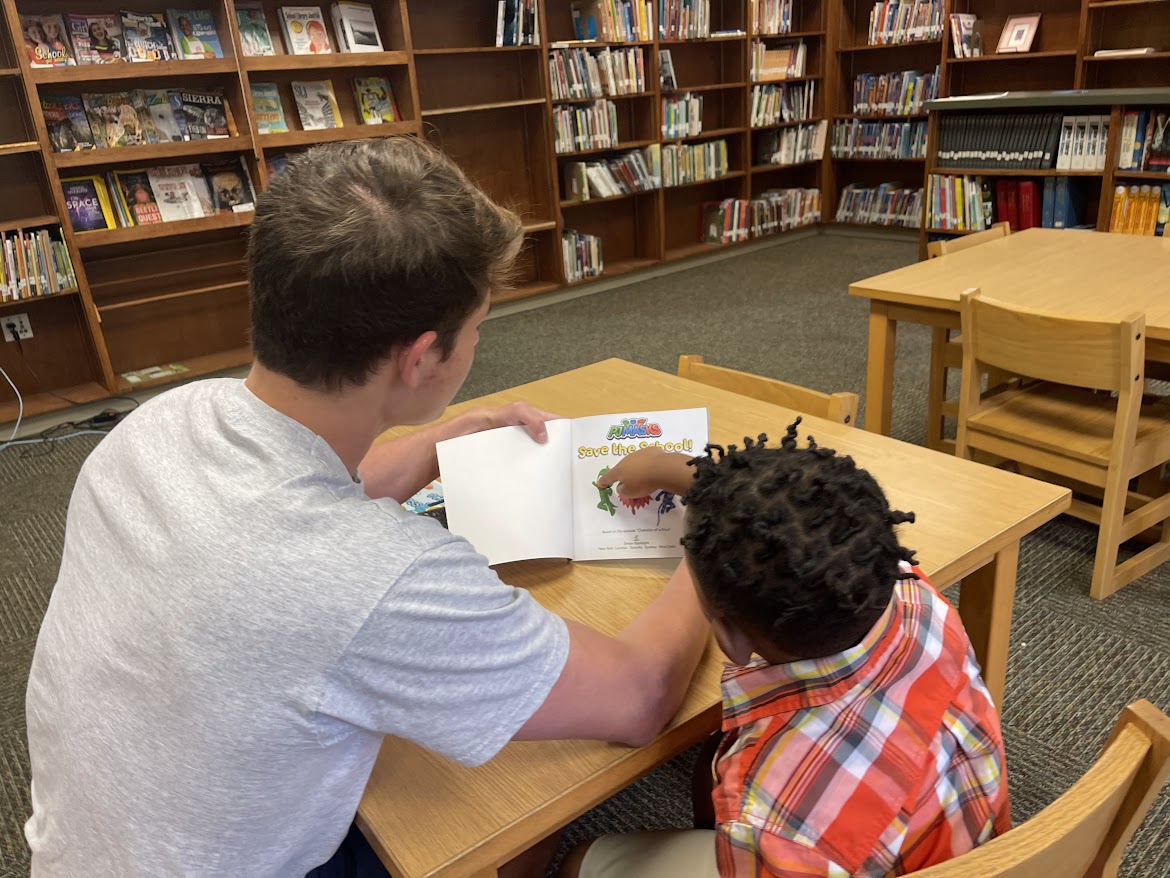
Kars4Kids: What about your math program? How does that work?
Judy Bethly: EveryOne Counts works the same as EveryBody Reads; however, we accept recommendations from kindergarten through third-grade teachers and we work on basic numeracy skills such as number placement, addition, subtraction, and measurement. Again, Math Friends take advantage of our Math Bins, along with guidance offered by the school district’s math coaches, and weekly lessons that correlate with classroom instruction.
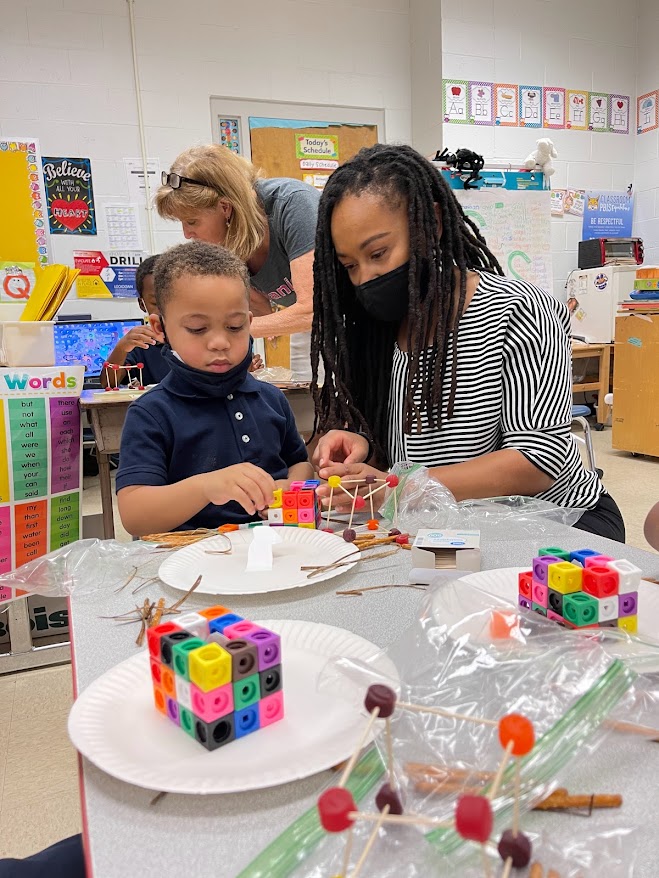
Kars4Kids: The volunteers work with the children inside their schools, right? How many schools participate in your programs? What kind of feedback do you get from the teachers?
Judy Bethly: This year, we have 25 schools participating in EveryBody Reads and EveryOne Counts. Reading and Math Friend volunteers visit their paired students at the schools during the times suggested by their teachers. Our seasoned teachers recognize the benefits provided by our one-on-one tutoring; in fact, our recommendations of 1,000 students far exceed the number of available volunteers of 500. Following are direct quotes submitted by our teachers from our end-of-the-year survey.
- In previous years, my students not only improved on their reading or math scores, but they also really enjoyed the one on one time with a caring adult who was there to help them.
- Reading Levels increased at least 5 to 8 levels.
- My students gained confidence in reading. Many of my students that I recommended for a reading friend are ELL. Their ability to hold conversations in English improved so much!
- Students who have reading and math friends are more socially successful and are academically confident.
- My students who worked with a reading or math friend have all grown socially and academically due to their buddies.
- Confidence in reading, self-esteem improvements, and increase in vocabulary because of more one on one time with an adult.
- My students who worked with a Reading Friend have become very excited about their reading. They are enjoying reading and always excited to see their Reading Friend at school.
- My students worked in a small reading group with a VIPS volunteer. This helped my students tremendously with their sight word and letter fluency, print concepts, and communication skills.
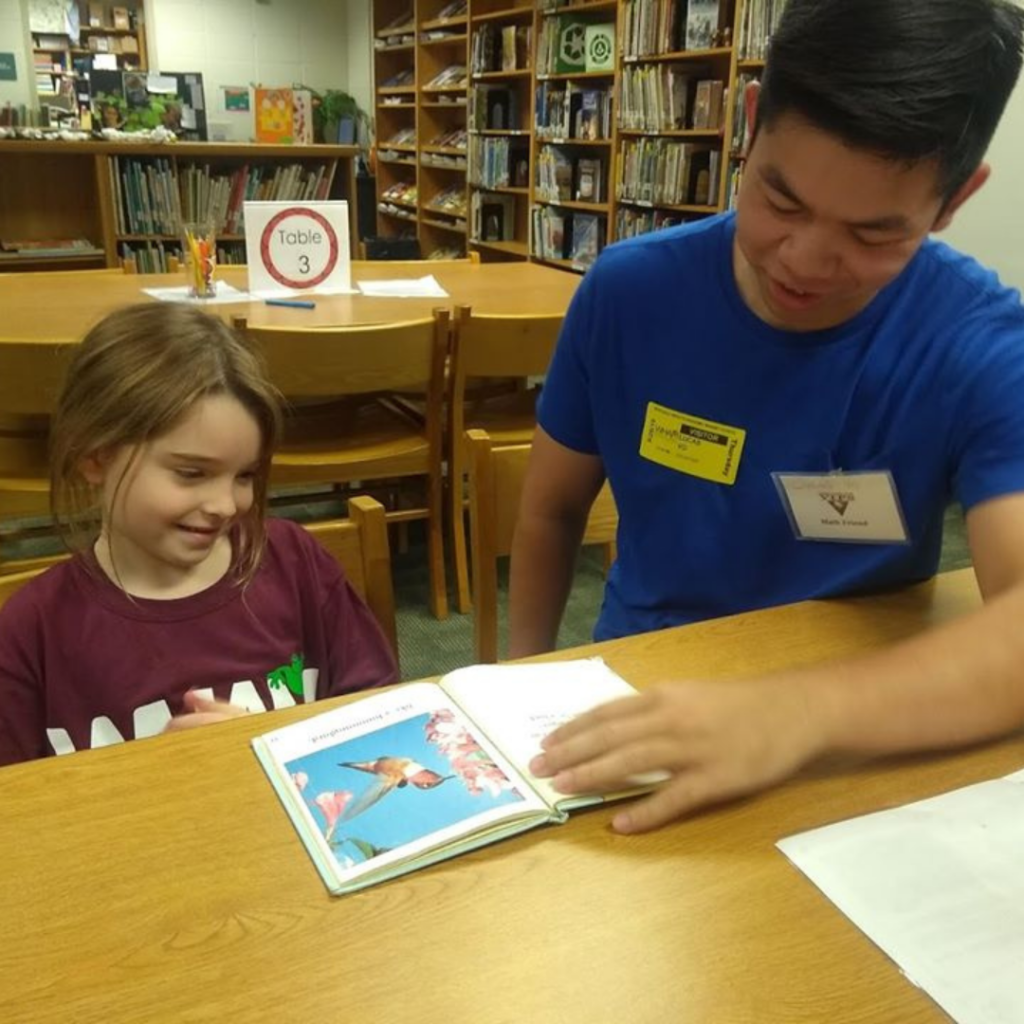
Kars4Kids: How do you know if you’re on the right track—are there metrics that show your impact on the children?
Judy Bethly: Yes, we use the beginning and end-of-year DIBELS assessment to review the progress made by those students paired with Reading and Math Friends. We compare those results with those recommended but not paired. The students who receive between 15-20 visits by a VIPS volunteer, improve on the test by 14%.
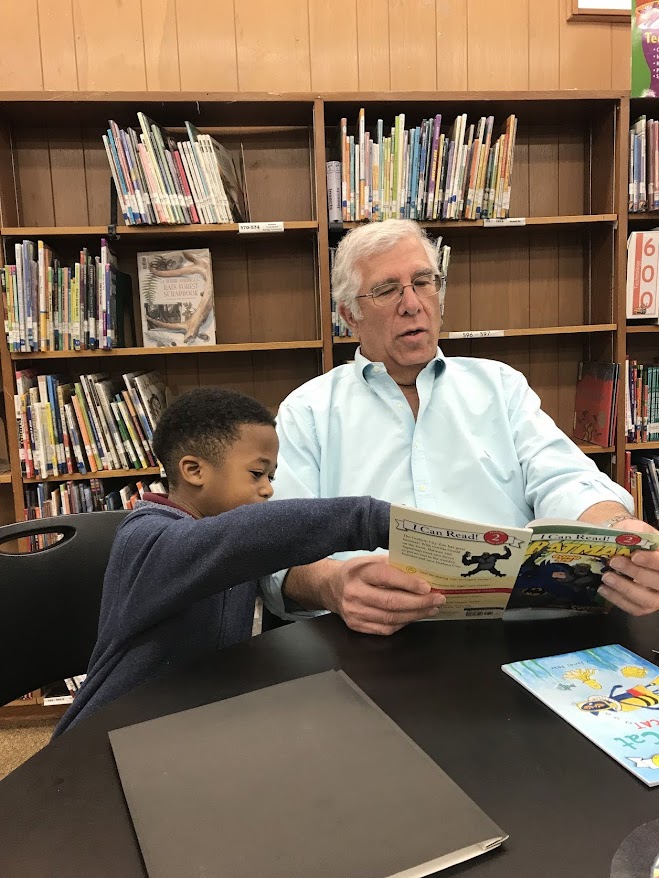
Kars4Kids: You offer a lot of useful resources to your volunteers for use in their learning sessions with the children. Were the resources developed by an educator? How often are they updated?
Judy Bethly: Along with advisement from the Math and Literacy Departments of the school district, our board’s program committee is comprised mostly of educators and professors from LSU and Southern University. Each year, the committee members examine the resources we offer to our Reading and Math Friends in order to make revisions. Currently, we are updating our website and removing the volunteer resources. We are transiting to Give Pulse, a new volunteer platform which allows us to more easily update our materials.
Kars4Kids: Can you tell us about one or two of your volunteers and their successes?
Judy Bethly: Anna Grace Hansen is a pre-med major at LSU, who despite her hectic school schedule felt a void in her life. She knew she wanted to participate in a meaningful project that allowed her to serve her community. One day while walking to class, she met a friend who mentioned she was on her way to read to a student at a nearby public school. This was Anna Grace’s “aha” moment. She felt this was the perfect opportunity she had been seeking. After her first year volunteering as a Reading Friend, she knew she wanted to return the following school year. She said, “Reading to my student is something I look forward to each week. I feel as if my schedule is always very busy but being with my student is a great way for me to slow down and reflect on the joys of life! My student truly brightens my week after each visit.”
This is the scenario for so many of our volunteers. Initially, they are somewhat skeptical about individually tutoring young students. However, once they begin their sessions, a bond develops and they complete the year and return for subsequent years. VIPS is proud of the academic progress our students make after being paired with a Reading/Math Friend but we are also proud of the friendships that occur over the course of a school year. We realize this connection of trust plays an important role in the success of our students. It is through consistent and committed service from concerned community partners that allow our students to fulfill their true purposes in life.
Kars4Kids: What’s next for Volunteers In Public Schools?
Judy Bethly: Volunteers In Public Schools is looking toward the future with the following:
- Updated website
- New volunteer /platform that allows for better communication with volunteers and for them to easily report their visits
- Take The Lead –A VIPS program that offers leadership training for high school students